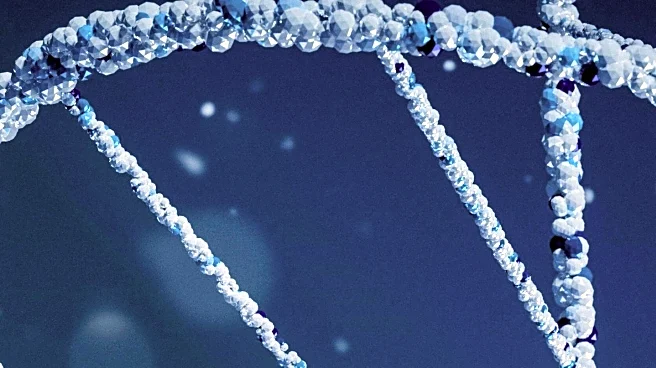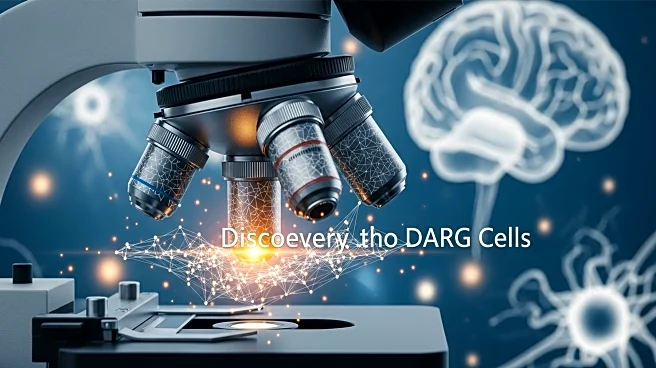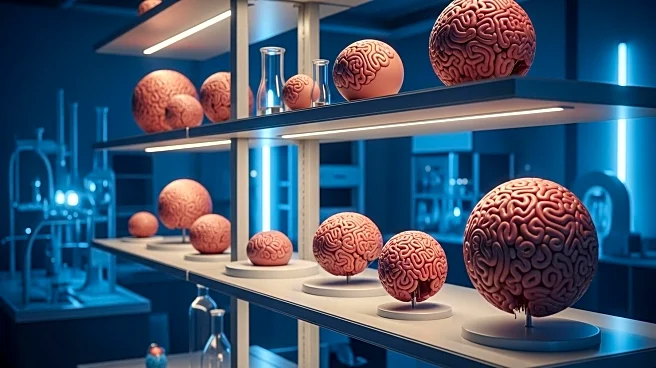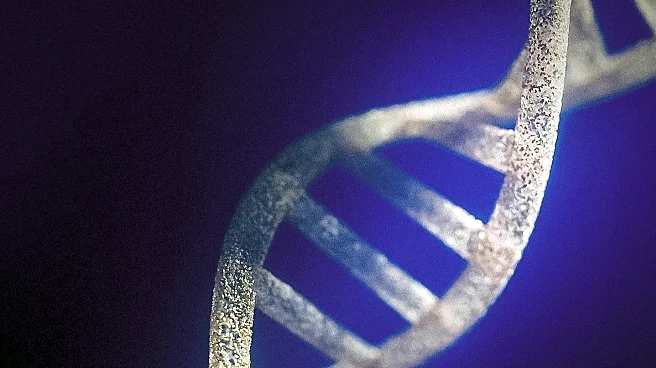What's Happening?
Researchers have optimized the clonal isolation and immortalization of fibroblasts from Rett syndrome patients to model MECP2 mutations in vitro. The study involved the use of the NEON transfection system for immortalization and subsequent analysis of mutation status through RNA isolation and PCR. The immortalized fibroblasts provide a valuable tool for studying the molecular mechanisms of Rett syndrome and testing potential therapeutic interventions.
Why It's Important?
Rett syndrome is a severe neurological disorder caused by mutations in the MECP2 gene. Developing reliable in vitro models is crucial for understanding the disease's pathophysiology and identifying effective treatments. The immortalized fibroblasts offer a stable and reproducible platform for research, potentially accelerating the discovery of new therapies and improving patient outcomes.
What's Next?
Future research may focus on using these fibroblast models to screen for drugs that can modulate MECP2 expression or function. Studies could also explore the potential for gene therapy approaches to correct the underlying genetic defects. Collaboration with clinical researchers and pharmaceutical companies could facilitate the translation of findings into clinical trials and therapeutic applications.
Beyond the Headlines
The study raises ethical considerations regarding the use of patient-derived cells in research and the implications of genetic manipulation. It also highlights the importance of interdisciplinary collaboration in addressing complex genetic disorders, involving fields such as molecular biology, genetics, and neurology.











